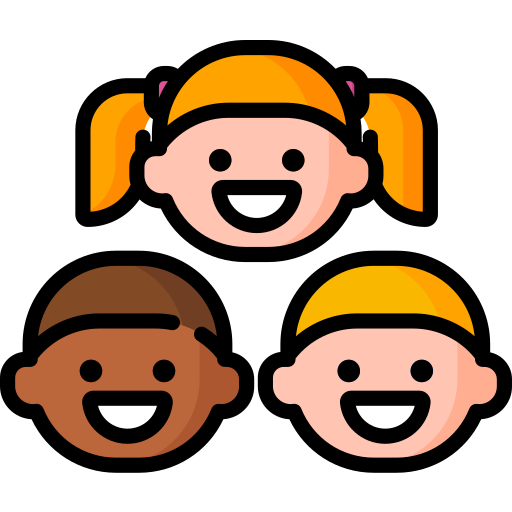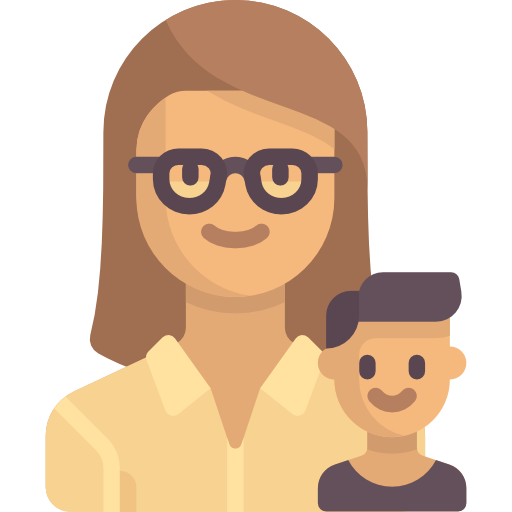
"I sincerely felt that I was at risk of keeling over and dying in the gutter." -- Carl
"I couldn't breathe, I couldn't move, and I started crying." -- Olivia
"I feel like I'm jumping out of my own skin." -- Jonathan
"I'm being held underwater with no way of coming up for air." -- Lindsey
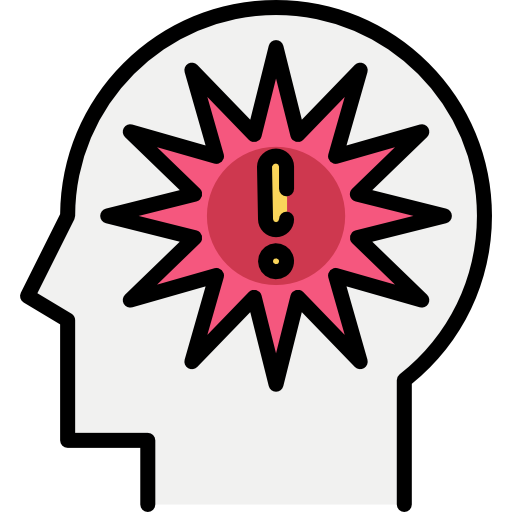
All of these quotes describe the feelings of a panic attack from people who have had them.
Both adults and children can have panic attacks.
If you're a parent or someone who works with children or teens, you need to be ready to help them regain control if a panic attack strikes.
What does a panic attack look like?
A panic attack is a sudden, brief episode of intense anxiety, which causes physical sensations of fear. Both children and adults have panic attacks.
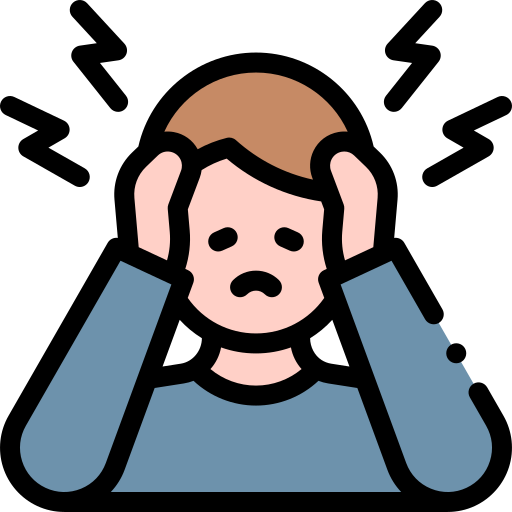
Are panic attacks in children the same as in adults?
Yes and no.
The most significant difference in panic disorder between adults and children is their ability to recognize and express their anxiety.
Because of this, children will cope better with a panic attack when an adult is there to support them.
Typical symptoms seen in children having a panic attack:
Crying or tantrums
Inability to concentrate
Restlessness
Nightmare or disturbed sleep
Irritability
Falling asleep in school
Children may also experience similar symptoms to adults:
A strong feeling of dread, danger, or foreboding
Fear of dying
Feeling lightheaded and dizzy
Trembling or shaking, sweating
Accelerated heart rate
Feeling of having a heart attack
Breathing difficulties, including shortness of breath
Nausea or abdominal distress
Tense muscles
Dry mouth
Panic attack vs. anxiety attack
Panic attacks are often confused with anxiety attacks. Children with anxiety often also have panic attacks.
How can you tell the difference?
 Panic Attack
Panic Attack
Begins suddenly
Usually last 5-15 minutes
Symptoms often more intense, including feeling like you're having a heart attack or dying
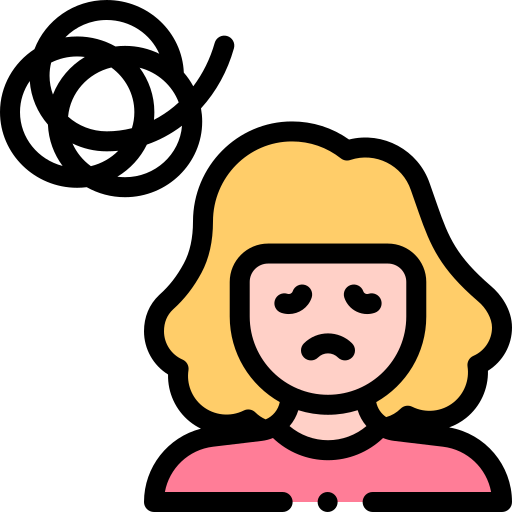 Anxiety Attack
Anxiety Attack
Builds gradually
Can last indefinitely
Symptoms are less intense, but usually last longer
Is treatment the same?
Treatment for anxiety is usually ongoing. Successful treatment for anxiety often leads to fewer panic attacks.
Types of treatment for children with anxiety include:
Treatment for a panic attack focuses on helping the child cope in the immediate moment.
Quiz
Maya has been feeling worried lately. She has been avoiding school for the last week and has been crying off and on for a few days. Her parents want to help her but they're not sure where to start. What should they do? Select all that apply.
How to help a child during a panic attack
 Most panic attacks end within 15 minutes. The goal for the adult is to stay calm and try to help the child cope until the attack is over.
Most panic attacks end within 15 minutes. The goal for the adult is to stay calm and try to help the child cope until the attack is over.
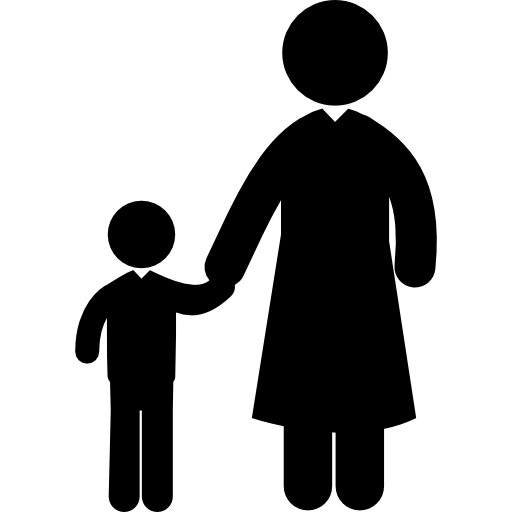 Children often don't have the words to explain how they're feeling and don't have strategies to get through the episode. They need an adult to help them.
Children often don't have the words to explain how they're feeling and don't have strategies to get through the episode. They need an adult to help them.
 Describe the episode
Describe the episode
Briefly explain what is happening. For example:
You are having a panic attack. You are safe. It will be over soon.
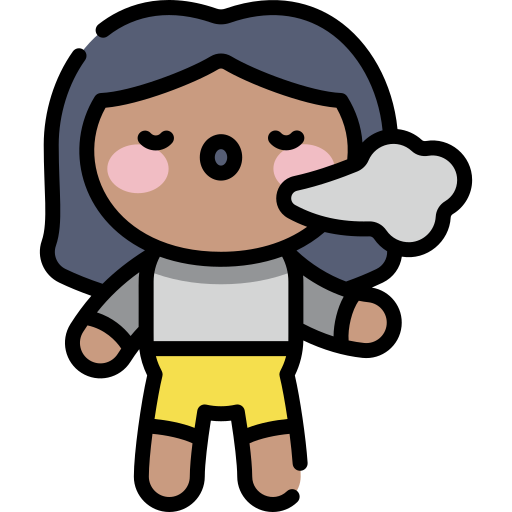 Model and coach deep breathing
Model and coach deep breathing
Breath in through the mouth
Hold your breath briefly
Breath out slowly
For younger children, you can say:
Smell the flowers and blow out the candles.
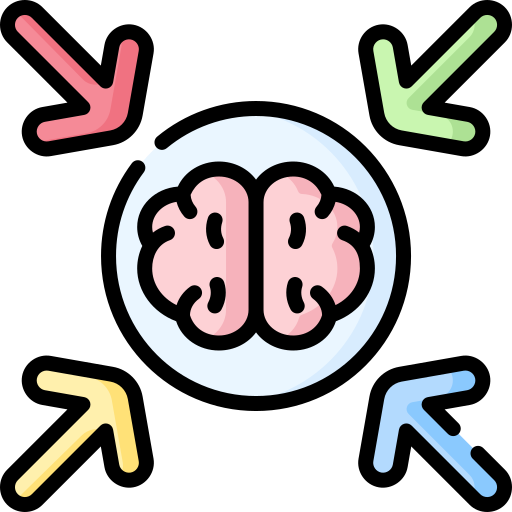 Model and coach grounding techniques
Model and coach grounding techniques
Try to shift focus from the panic attack to something else.
54321 Technique
Name 5 things you can see
Name 4 things you can feel
Name 3 things you can hear
Name 2 things you can smell
Name 1 thing you can taste
ABCD Technique
Name something you see that starts with the letter A.
Name something you see that starts with the letter B.....
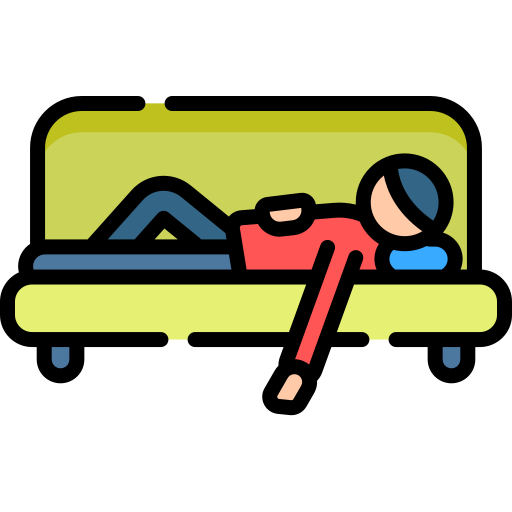 Guide muscle relaxation
Guide muscle relaxation
Coach the child to relax stressed muscles using a guided method, starting with the feet, and working up to the head. For example:
Squeeze your toes as tightly as you can — 1,2,3,4,5. Let go.
Squeeze your calves as tightly as you can — 1,2,3,4,5. Let go.
Quiz
Aayush is having a panic attack. Which strategies would help him calm down?
Take Action
Helping a child cope with a panic attack can be stressful. Would you like to learn more about other steps you can take?

Your feedback matters to us.
This Byte helped me better understand the topic.

